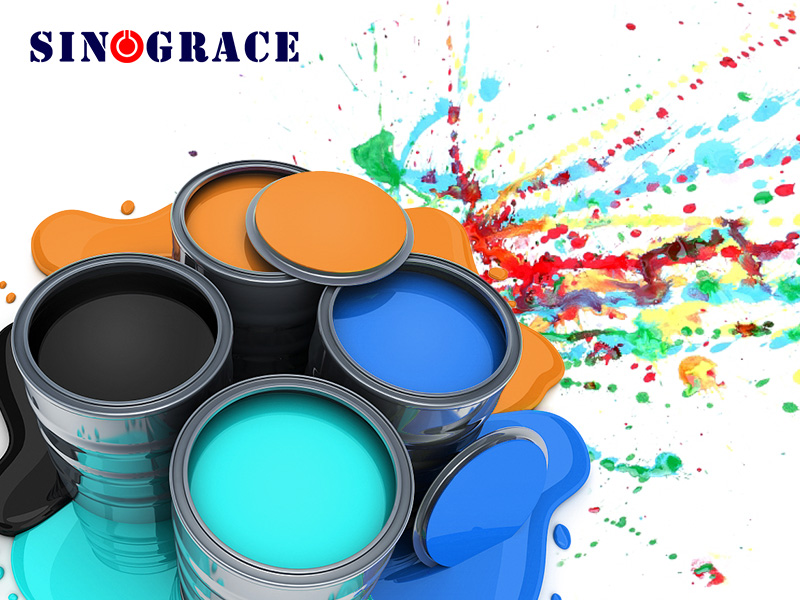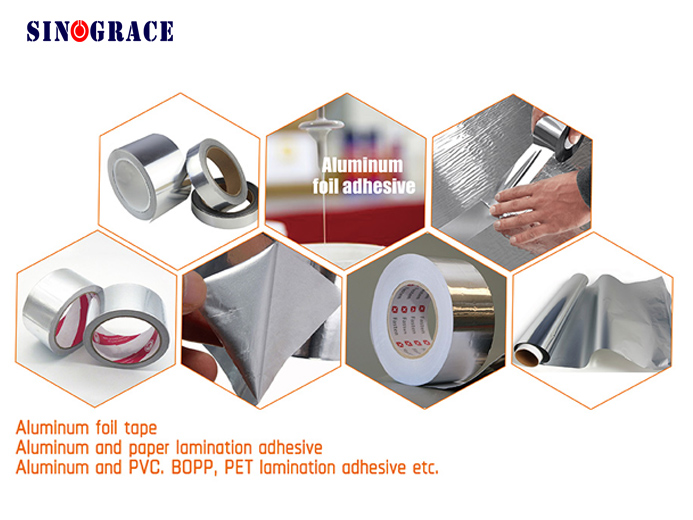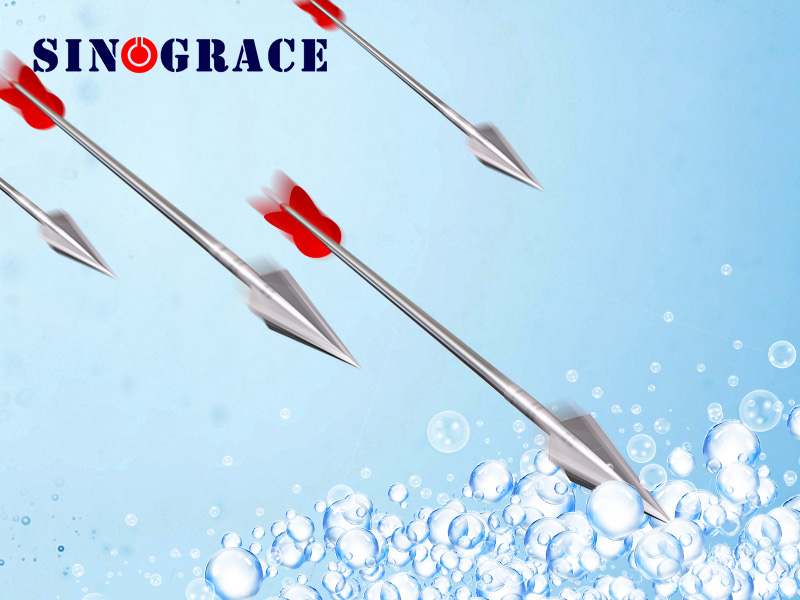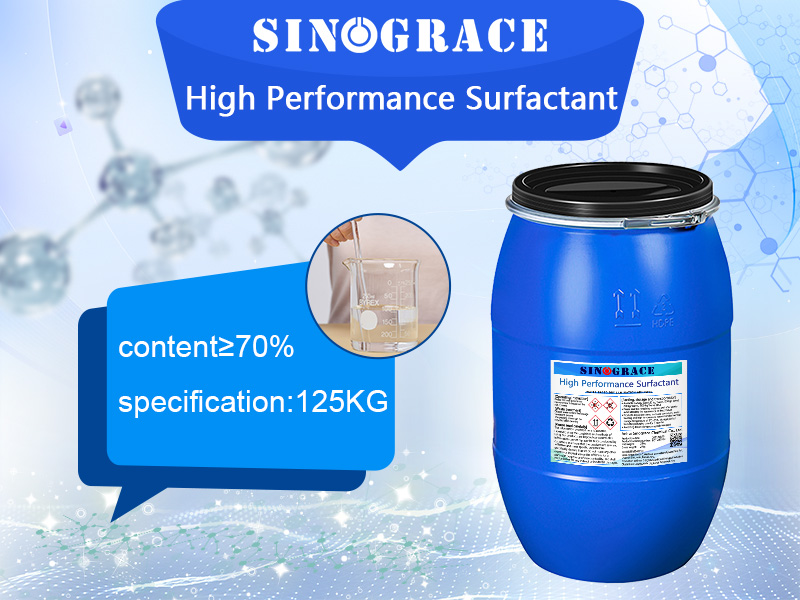
2023-10-13
Viscosity is an important index of ink rheology.In printing, a certain viscosity is the main condition to ensure the normal transfer and uniform transfer of ink.It is related to whether the printing process can proceed smoothly, and directly affects the uniformity, clarity and gloss of the imprinting ink, and also relates to the viscosity, fluidity, yield value, thixotropy, drawing and other properties of the ink, which is one of the important printability of the ink. There are many types of printing forms and prints, and their requirements for ink viscosity are different: Lithography requires high viscosity of ink, dynamic viscosity of 10 ~ 80 Pa·s; Intaglio and flexographic printing requires low ink viscosity, the viscosity of plastic gravure ink is 0.02 ~ 0.2 Pa·s, the viscosity of publication gravure ink is 0.01 ~ 0.1 Pa·s, the viscosity of solvent-based flexible ink is 0.09 ~ 0.15 Pa·s, and the viscosity of water flexible ink is 0.15 ~ 0.3 Pa·s. Because of the low viscosity of gravure and flexographic inks, a Chon cup is often used to measure viscosity in printing. The faster the printing speed, the lower the viscosity of the ink is required, so as to meet the needs of high-speed printing. For example, the viscosity of 6 000 printing/hour offset printing ink is appropriate to 20 ~ 50 Pa·s. The viscosity of 20 000 printing/hour rotary ink is appropriate to 10 ~ 30 Pa·s, and even sometimes should be lower than 10 Pa·s. When the structure of paper is loose and the surface strength is low, the viscosity of ink is required to be low. The structure of the paper is tight, the surface strength is high, and the viscosity of the ink can be slightly higher. If the ink used in newsprint printing, its viscosity should be lower than the ink used in offset printing. The printing of network cable plate and character line plate requires the viscosity of the ink to be higher, and the viscosity of the ink to be lower for field printing. In wet press dry stack printing, the viscosity of the overprint color ink is required to be higher than the viscosity of the base color ink, so as to ensure the clarity of the printing and the combination of the overprint color ink and the base color ink is more firm. In the four-color machine wet continuous printing, in order to ensure that the base color ink can be stably attached to the surface of the substrate and does not fall off during overprinting, the viscosity of the overprinting color ink should be lower than the viscosity of the base color ink. Generally speaking, the viscosity of various colors of inks should be reduced from the first color in the color order, so as to ensure the normal overprinting between each color ink layer. Ink viscosity does not meet the printing requirements will cause a lot of failures. When the viscosity of the ink is too large, the drawing property is strong. During the ink transfer process, when splitting between ink rollers, the end of the filament is easy to cause free ink droplets to ...
read more
2023-10-12
The preparation of ink is an important work in the color printing process, which is directly related to the printing quality of the product. Because the color is bright and the brightness is good, the hue is accurate is the basic requirement of the color printing products, to achieve this requirement must first accurately deploy the printing ink. Therefore, the operator must master the color knowledge and ink mixing process. Mixing of dark and light inks The deployment of ink can be divided into dark ink and light ink deployment. The so-called dark ink refers to: only the primary color ink is prepared without adding any diluent. According to the amount of ink required for printing, the main color ink and the auxiliary color ink determined by color analysis are blended together. The deployment of dark ink is divided into three kinds: monochrome, intercolor and compound color. Monochrome refers to a primary color 1 composed of ink. Intermediate color refers to: composed of two primary colors of ink. Compound color refers to the mixing of three kinds of ink. Any ink that is prepared by adding diluent is called light-colored ink, and three points should be noted when deploying: 1.Use white ink without diluent; 2.when the color is mainly white ink, add a little color ink to the white ink; 3.the color selection should be accurate It is necessary to master the change law of the three primary colors in order to achieve accurate ink allocation Any color can be mixed using different proportions of the three primary colors. The color change of ink is the use of this law. For example: 1.Three primary color ink can be mixed into black (approximate). 2.The three primary colors of ink equal mixing and adding different proportions of white ink, can be matched into a variety of different shades of light gray ink. 3.The three primary colors of ink with various proportions of mixing, can be deployed into a variety of different colors of the intermediate color or compound color, but its color tends to a large proportion of the primary color. 4.Two kinds of original color ink after equal mixing, can become the standard intercolor; After the two primary colors are mixed and blended in different proportions, they can be matched into a variety of secondary colors with different hues, but their hues tend to be the primary colors with large proportions. 5.Any color of ink, adding white ink after its hue appears brighter. When black ink is added, the hue becomes darker. The above primary color ink deployment into a variety of colors is based on the subtractive theory of the three primary colors. When mixing ink, we should first analyze the hue of the color draft, and use the complementary color theory to correct the color deviation and improve the setting effect When receiving the printed manuscript, we should first carefully appreciate and analyze the various colors in the original manuscript, and weigh the proportion of the ink hue to be adjusted. The analysis of color i...
read more
2023-09-28
Defoamer is a substance with low surface tension and high surface activity, which can inhibit and eliminate foam in the liquid, that is to say, defoamer can reduce the surface tension of water, solution, suspension, etc., to prevent foam generation or eliminate the original foam.Long-term defoaming is also known as defoaming, and the length of the defoaming time is the main sign of the quality of the defoaming agent. In most cases, the use of defoamer is to take advantage of its foam inhibition properties, rather than the initial defoamer.Defoaming and defoaming are relative, and the relative defoaming performance of products with good defoaming performance will be worse. In practical applications, it depends on the specific situation. Therefore, from the perspective of defoaming effect, defoaming agents include defoaming agents, defoaming agents and defoaming agents, which are collectively called defoaming agents. Some components of water-based adhesives are easy to produce bubbles, and have a tendency to be stable and durable. In addition, rapid mixing in production and high-speed brushing construction in use will also contribute to foam generation, so that production can not proceed normally, and affect product quality. The formation of foam to the production and coating tape to great difficulty, and make the rubber layer appear pores, affect the product outside and adhesive properties, so we must try to destroy the foam or prevent the production of foam, the most effective way is to use defoaming agent. There are many varieties of defoamer used in the water-based adhesive industry, but it mainly consists of two categories: polysiloxane defoamer and non-siloxane defoamer. Polysiloxane defoamer has strong defoaming and anti-foaming ability and is widely used in the coating industry. In the water-based adhesive industry, especially the emulsion type low viscosity system, such as film adhesive, pressure sensitive adhesive, etc., it is very easy to cause shrinkage and fisheye problems. In addition, after the emulsion film formation, due to the surface migration of silane, it will cause the later bonding strength to decline, affecting the bonding effect, so it is generally rarely used. Polysiloxane defoamer has strong defoaming and anti-foaming ability and is widely used in the coating industry. In the water-based adhesive industry, especially the emulsion type low viscosity system, such as film adhesive, pressure sensitive adhesive, etc., it is very easy to cause shrinkage and fisheye problems. In addition, after the emulsion film formation, due to the surface migration of silane, it will cause the later bonding strength to decline, affecting the bonding effect, so it is generally rarely used. In the water-based pressure sensitive adhesive and film adhesive industry, mineral oil defoamer is generally used. It is mainly composed of mineral oil, hydrophobic particles, low carbon alcohols, emulsifiers and so on. The quality of this kind of product is...
read more
2023-09-22
Water dispersion system is commonly used to analyze the relationship between surfactant structure and dispersion.As a hydrophobic solid particle, it can adsorb the hydrophobic group of the surfactant, and if it is an anionic surfactant, the outward-facing hydrophilic genes have the same charge and repel each other. Obviously, the adsorption efficiency of surfactants increases with the increase of the length of hydrophobic groups, so the long carbon chain has better dispersion than the short carbon chain. If the hydrophilicity of the surfactant is increased, its solubility in water is often increased, thus reducing the adsorption on the particle surface. This effect is even greater if the interaction between the surfactant and the particles is very weak.The effect is much greater. For example, when the dye water dispersion system is prepared, the highly sulfonated lignosulfonate powder for strong hydrophobic dyes can form a good thermal stability dispersion system. When the same dispersant is used for hydrophilic dyes, the thermal stability is poor, but the dispersive system with low sulfonation degree can be obtained. The reason is that the dispersant with high sulfonation degree has a large solubility at high temperature, so it is easy to separate from the surface of the hydrophilic dye which has a very weak effect, thus reducing the dispersion. If the dispersed particle itself has an electric charge, and a surfactant with an opposite charge is selected, flocculation may occur before the charge of the particle is neutralized. Only after the second layer of surfactant is adsorbed on the charge-neutralized particles can it be dispersed well. If the surfactant of the same charge is selected, it is difficult for the particles to adsorb the surfactant, and also only at high concentrations, there is enough adsorption to stabilize the dispersion. In fact, the ionic dispersants used often contain multiple ionic groups and are distributed over the entire surfactant molecule, while the hydrophobic groups contain unsaturated hydrocarbon chains of polar groups such as aromatic rings or ether bonds. The highly hydrated polyoxyethylene chain of polyoxyethylene non-ionic surfactant molecules extends to the aqueous phase in a curly shape, forming a good spatial barrier to the aggregation of solid particles. At the same time, the very thick multiple layers of polyoxyethylene hydrate greatly reduce the van der Waals attraction between particles, so it is a good dispersant. Especially the block copolymer of propylene oxide and oxyethylene, the polyoxyethylene chain length increases the solubility, and the hydrophobic group of polyoxyethylene increases the adsorption of solid particles, so both are long and are very suitable for dispersants. When ionic and non-ionic surfactants are combined, on the one hand, the molecules extend into the water phase, forming a spatial barrier to prevent particles from approaching each other; On the other hand, the strength of solid...
read moreCopyright © 2015-2024 Anhui Sinograce Chemical Co., Ltd..All Rights Reserved.powered by dyyseo.com
top